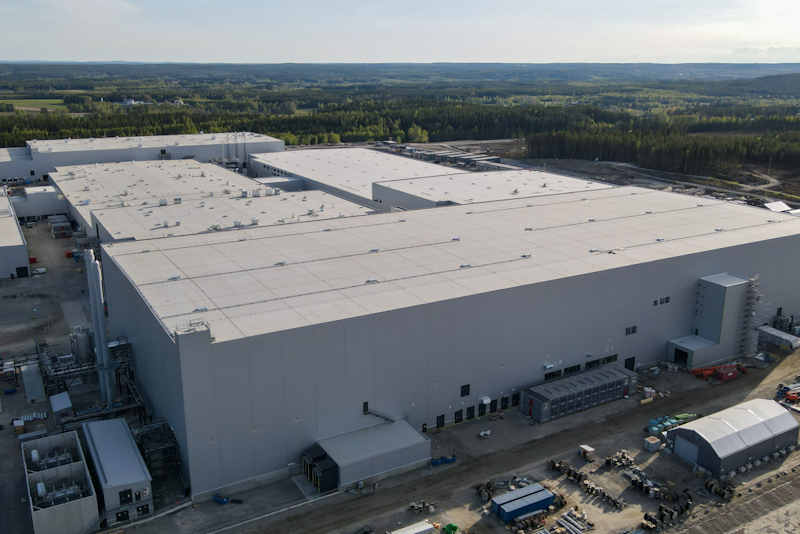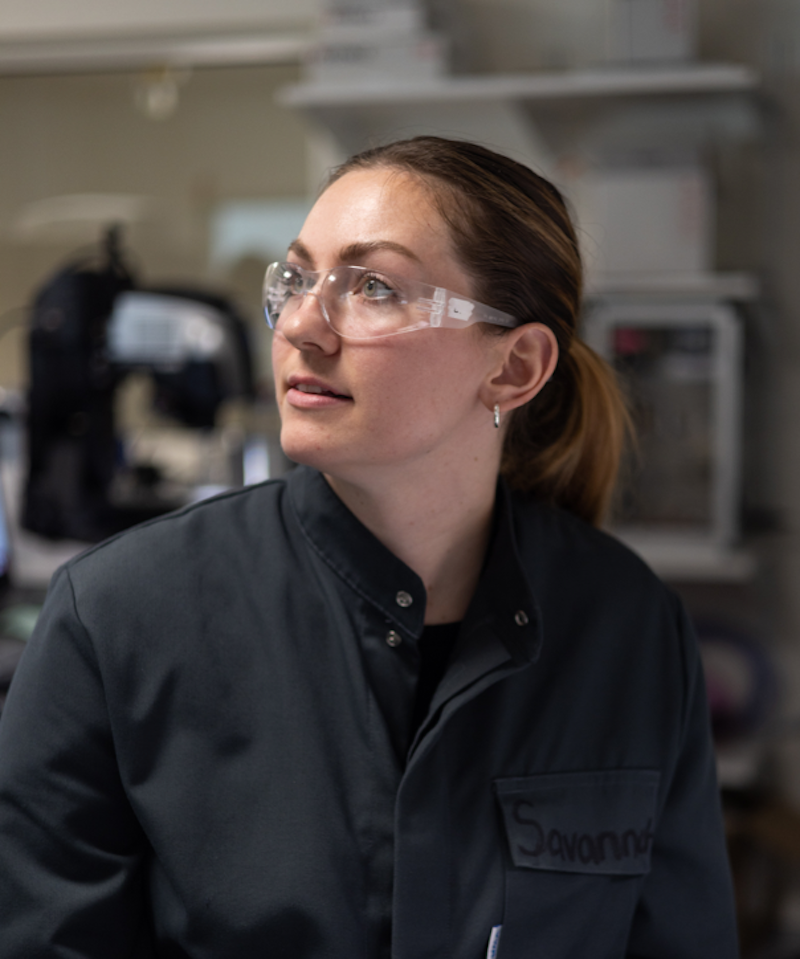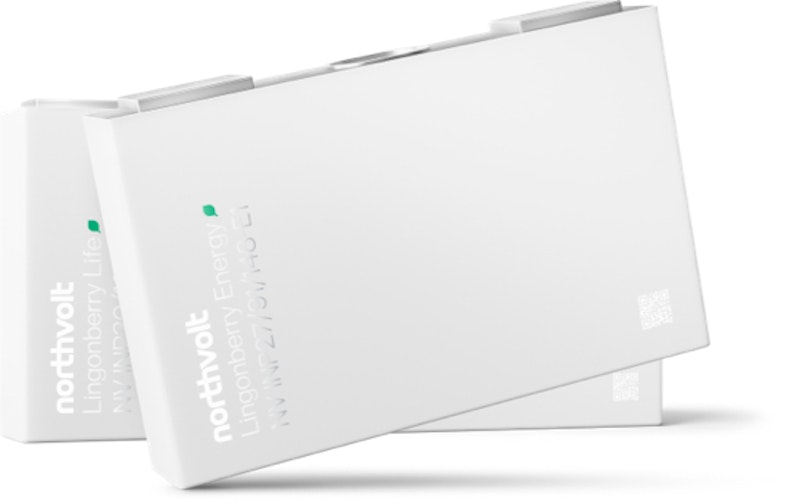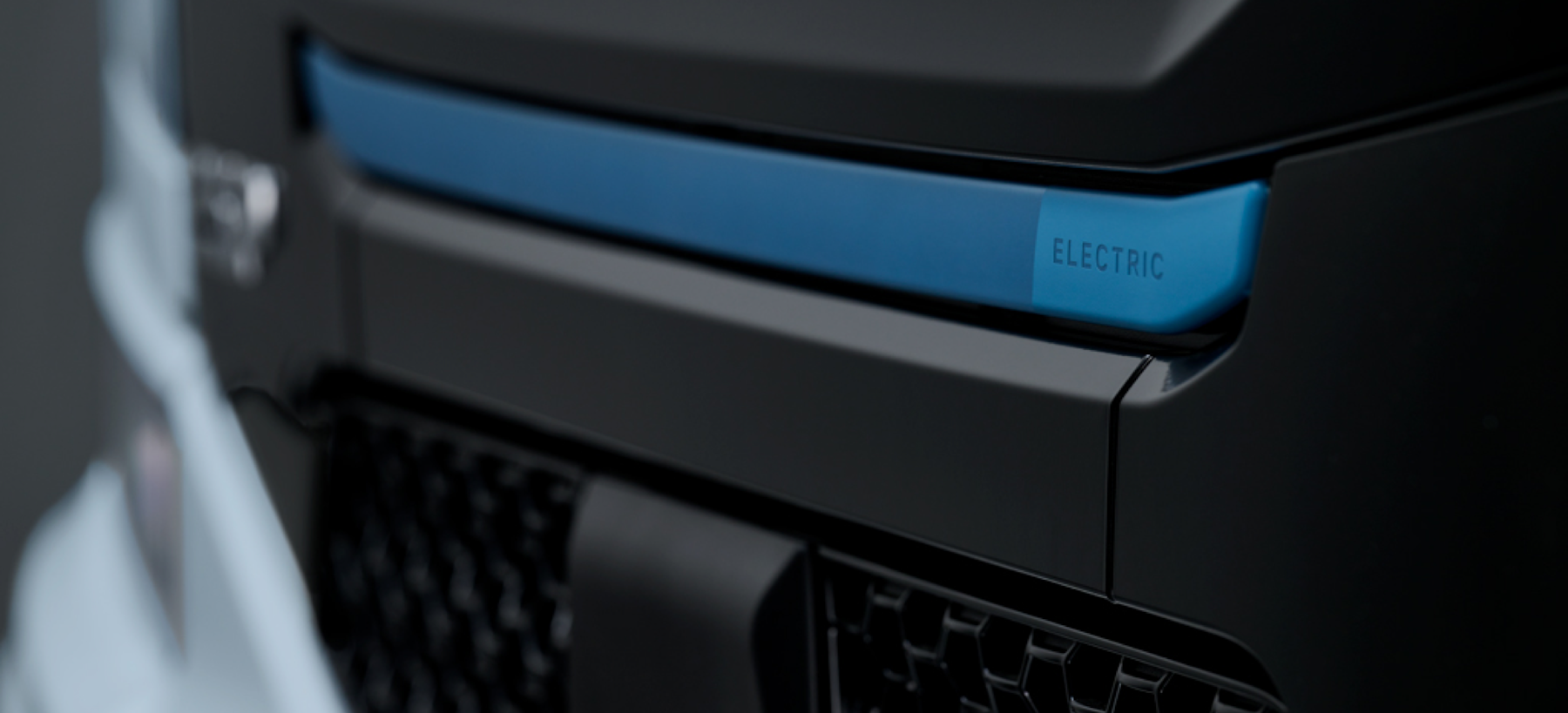Commercial vehicles require their own kind of battery. And we have all the tools and expertise in-house to design and deliver just that. We’ve upped the lifetime of our lithium-ion cells and fine-tuned them for the operating profiles of the all-electric fleets of tomorrow.
High-performance. Low carbon.
Building on proven foundations, we’re delivering market-leading lithium-ion NMC cells that blend all-round performance with sustainability.
Lithium-ion by the numbers
Fossil-free energy powering cell production.
By 2030 half of what goes into our lithium-ion cells will come from recycling.
Northvolt's target for installed lithium-ion cell capacity by 2030.
Key characteristics
Key characteristics
Lithium-ion cell characteristics part 2
Robust cells designed with integration into end-applications in mind
Delivering from Europe’s first homegrown gigafactory
Today, we’re producing lithium-ion cells at Northvolt Ett — our first gigafactory, located in northern Sweden.
With an installed capacity of 16 GWh, Northvolt Ett hosts cathode active material production and cell manufacturing, all alongside our first large-scale recycling facility, Revolt Ett.



“Northvolt is about developing the very best possible way to build a battery – a way that doesn't compromise on sustainability.”



